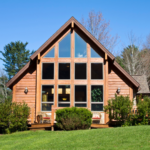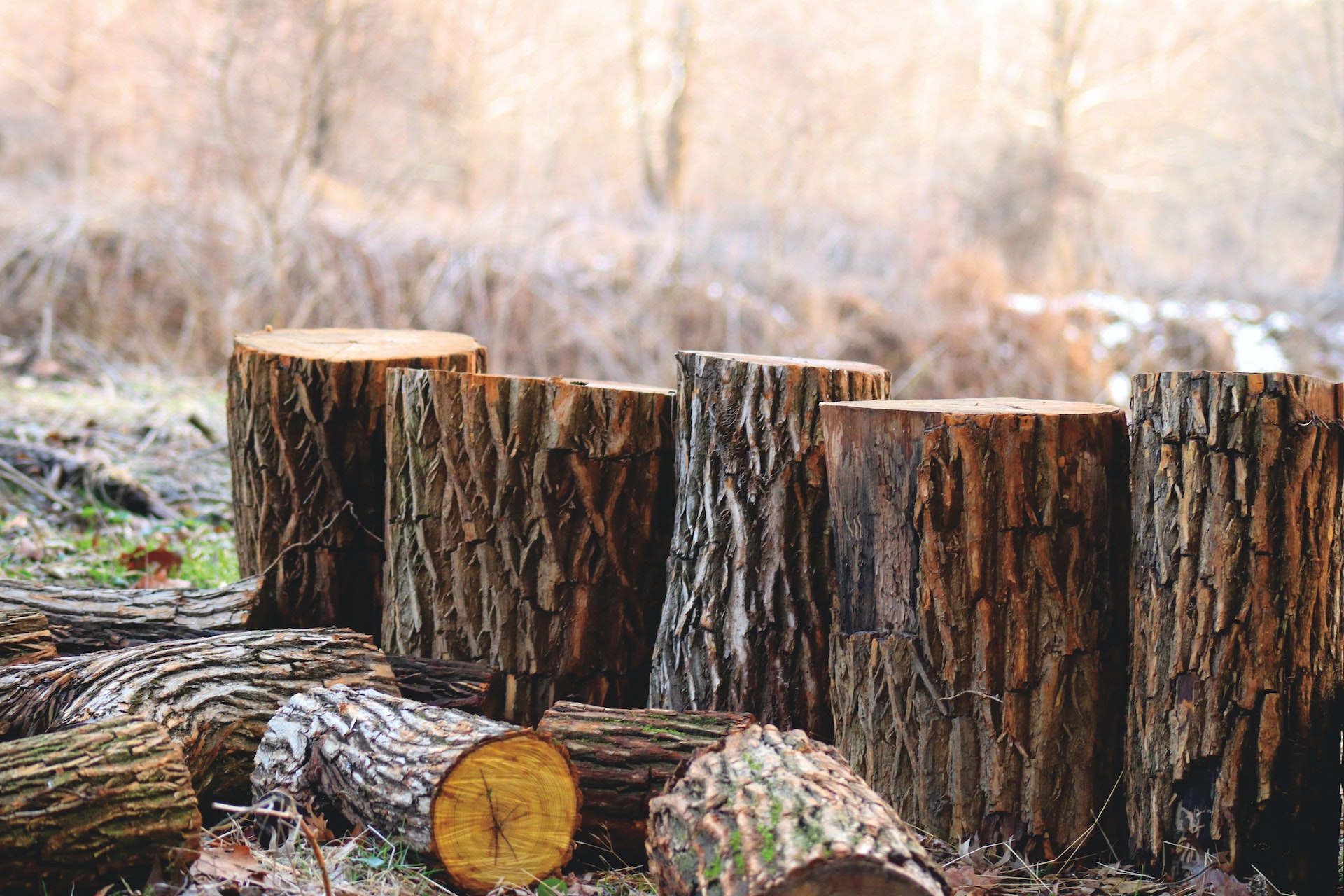Storing and Handling Dried Logs: Tips for Maintaining Quality. Picture yourself on a chilly winter evening, cozied up by the fireplace, the warmth enveloping you while the mesmerizing flames dance. It’s a comforting scene, and for many, it’s incomplete without the crackling of dried logs. But here’s the catch: to enjoy that perfect fire, you need to know how to store and handle those logs. In this guide, we’ll walk you through some essential tips for maintaining the quality of your dried logs. It’s simpler than you might think!
Storing Your Dried Logs
Keep ‘Em Dry
One thing you absolutely must remember when it comes to storing quality dried logs from the likes of Firewood Farm is to keep them dry. Moisture is the enemy here, and it can turn your logs into soggy, unusable messes. To do it right, store your logs in a dry, well-ventilated area. A log shed or a covered log rack are perfect choices. This will help protect them from rain, snow, or any dampness in the air. It’s also a good idea to elevate your logs. By placing them on pallets or off the ground, you can prevent moisture from seeping up through the bottom. And don’t forget to cover the logs with a tarp or log cover, ensuring it’s secured properly to prevent rain from sneaking in.
Airflow Is Key
Logs need to breathe, too! Ensuring good airflow around your stored logs is crucial. Adequate airflow helps to prevent mold and mildew from forming on the logs. Furthermore, it assists in the seasoning process, which allows the logs to continue drying out and makes them burn even better.
Avoid Stacking Too Tightly
While it might seem like a good idea to stack your logs super tightly, it can be counterproductive. Overly tight stacks can inhibit airflow and trap moisture between the logs. This can also make it challenging to remove logs without causing damage. It’s better to stack your logs loosely or consider using log brackets that allow for sufficient airflow between the logs.
Rotate Your Stock
To maintain the quality of your log supply, it’s essential to rotate them periodically. Adhere to the “first in, first out” rule. Always place new logs at the back and use the oldest ones first. By doing so, you ensure that you’re always burning the driest logs available.
Handling Your Dried Logs
Store Them Indoors Before Use
While it’s tempting to bring a pile of logs directly from the log store to the fireplace, it’s better to pause for a bit. Logs can absorb moisture from the air, even if they’ve been properly dried and stored. To guarantee they are as dry as possible, bring them indoors and let them acclimate to the indoor humidity for at least 24 hours before using them.
Watch Out for Pests
No one appreciates creepy crawlies in their firewood. To prevent this, always check your logs for signs of insects or pests before bringing them indoors. If you notice any unwanted guests, it might be worth treating the logs with a pesticide specifically designed for firewood.
Proper Handling Techniques
Once your logs are prepped and ready, handle them with care to maintain their quality. Always lift the logs gently, avoiding any dropping or dragging, which can lead to splits or cracks. Using a log carrier or log tongs can also make the transportation of logs easier and prevent any unnecessary strain on your back.
Store Your Indoor Logs Safely
Storing logs indoors, especially during the colder months, can be quite beneficial. However, it’s crucial to do it correctly. Store the logs in a cool, dry place indoors, ensuring they are away from direct sunlight or any heat sources. Using a log basket or holder near your fireplace is not only practical but also adds a touch of style to your room.
Keep Them Clean
Logs can accumulate dust over time. To maintain cleanliness, always use a brush or a clean cloth to wipe off any dirt or dust from your logs before bringing them inside. It’s also a good idea to place a mat or a tray underneath your log basket, which can catch any falling debris.
Safety First
Safety should always be a priority. Always store your logs away from open flames, heaters, or electrical appliances. Keeping them out of reach from children and pets is also essential. Moreover, it’s vital to always follow proper fire safety procedures when using your dried logs.
Conclusion
Storing and handling dried logs needn’t be a challenge. With these straightforward tips, you can ensure that your firewood remains dry and of the utmost quality. This will undoubtedly elevate those cozy nights by the fireplace, making them even more delightful. So, stock up on those logs and prepare to create warm and inviting atmospheres in your home throughout the year!












